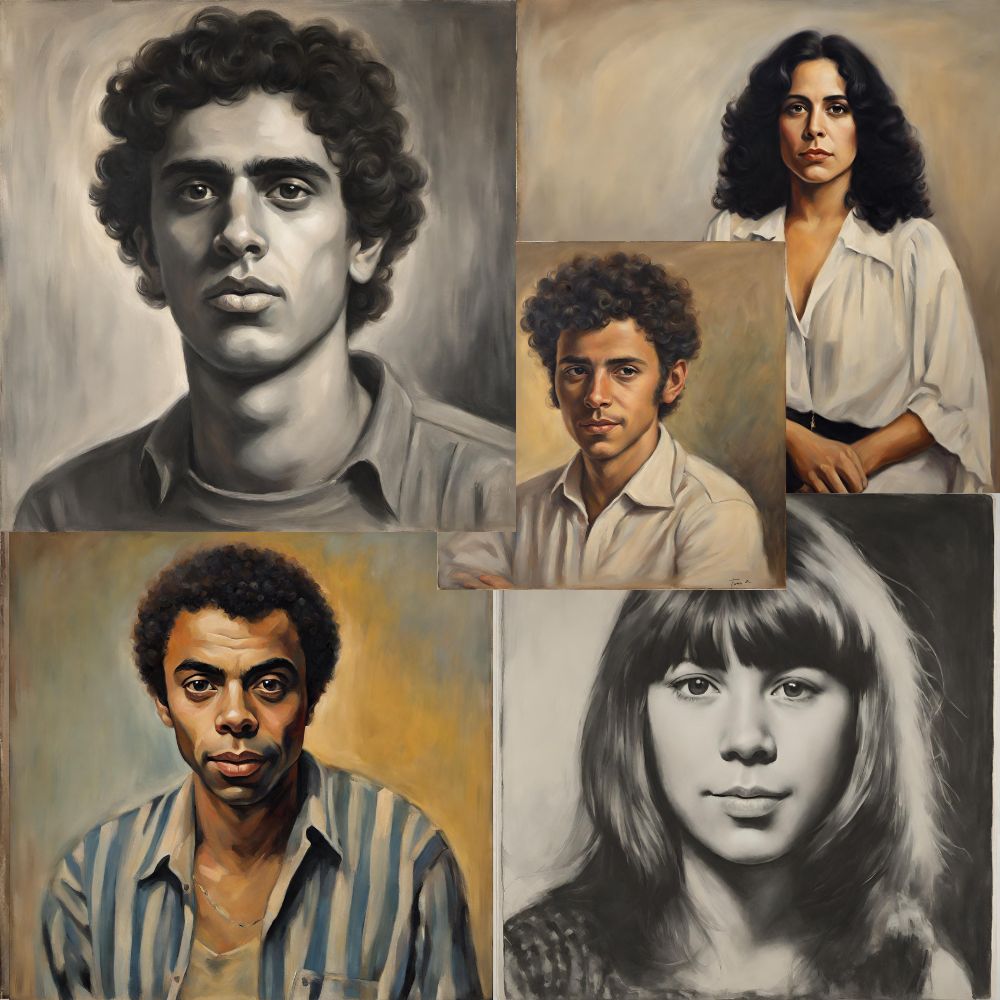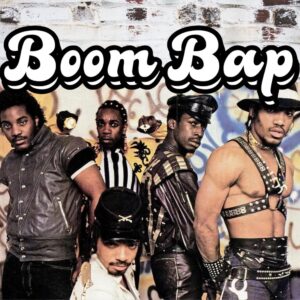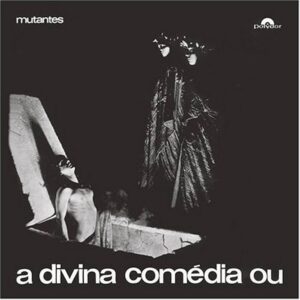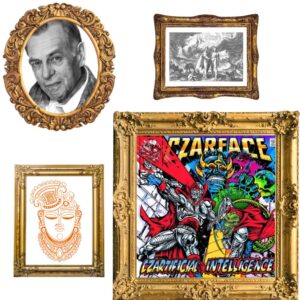Tropicália 101 Feature Series
Table of Contents
0. Part Zero (the Intro): The Art Movement and Cultural Setting Behind Tropicália
1. Part One (You are here): Birth of a Unique and Unifying Brazilian Identity
2. Part Two: Tropicália, Religion and the Supernatural
Tropicália (aka Tropicalismo) lasted for only a few years (roughly 1967 to 1969) and produced some of Brazil’s most unique and memorable music in that short time period.
Many consider the album Tropicália: ou Panis et Circencis (Tropicália: or Bread and Circuses – although misspelled in latin) the manifesto of the movement and we’ll look at the artists that collaborated to create it to guide us through Tropicália’s diverse music landscapes. Caetano Veloso and Gilberto Gil were the main creative powers behind the album, with Gal Costa, the group Os Mutantes (consisting of Rita Lee, Arnaldo Baptista and Sérgio Dias Baptista), Tom Zé, Rogério Duprat (arrangements), and Torquato Neto (lyricist). There are other groups and artists associated with Tropicália that did not appear on that album, which we’ll cover in our Post-Tropicália feature.
As we noted in our intro about Tropicália, the context of the movement was that of political upheaval and a disintegrating cultural identity, an identity that was fractured and fragile to begin with, as with all nations born out of colonialism. We argue in the intro that Tropicália was the first artistic movement that succeeded in unifying several major cultural landscapes within Brazil: from the birthplace of Brazil (Bahia, where Caetano, Costa and Gil were born) down to Rio de Janeiro and Sao Paulo, the country’s urbanized economic centers.
Playlist One: Tropicália and Brazilian Identity
Without further ado, let’s dive into the music that helped form this new and unique Brazilian Identity. Below is Part One of our 4-Part Playlist Series and we invite you to read along about meanings and contexts of some select songs as you listen to the songs.
Tropicália Playlists: Part One
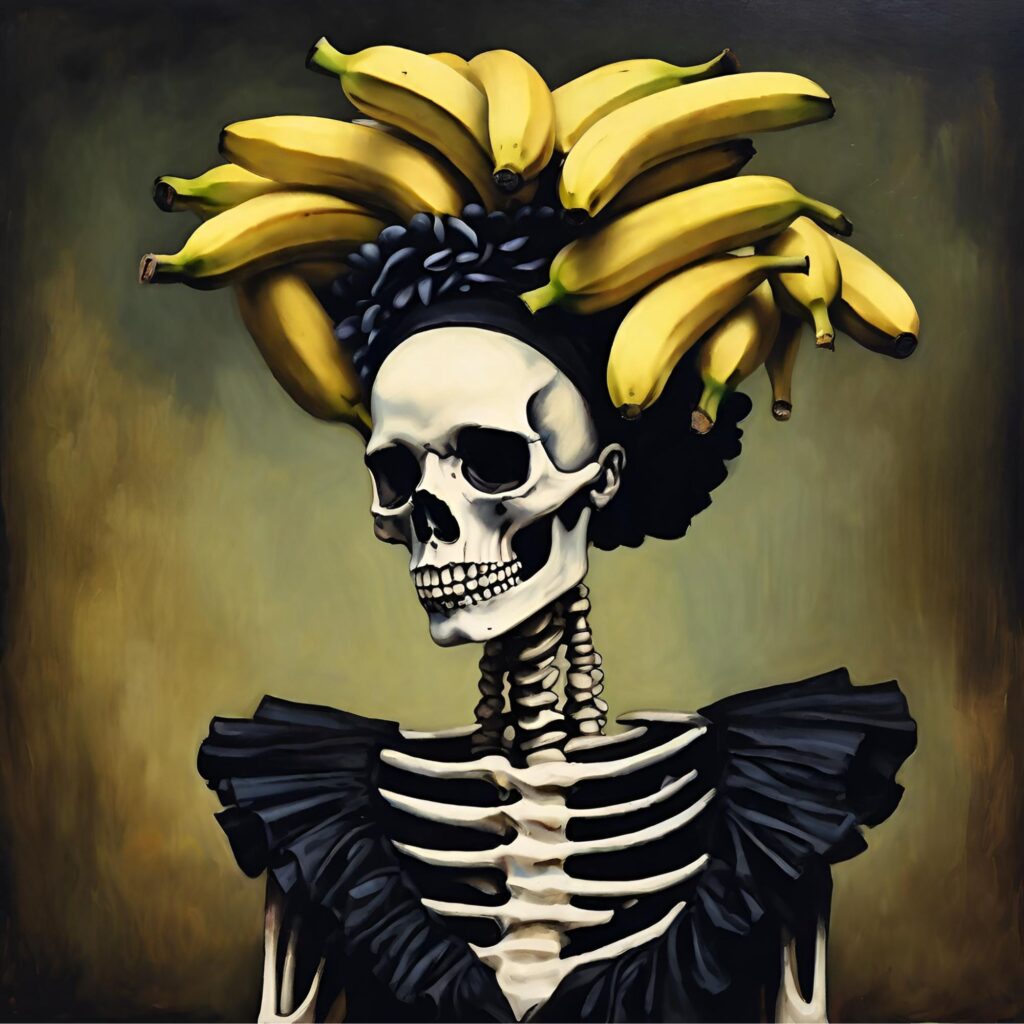
Below is Part One. Check out the combined 55-song playlist here.

Click the Spotify Plus Button in the playlist above to Save and Open List in your Spotify App, or login to Spotify on your browser to listen to the playlist directly.
Notes on Selected Tracks
“Tropicália”
Written and performed by Caetano Veloso
First appeared on the album Caetano Veloso (Philips, 1967)
The first song of Veloso’s generation-defining self-titled record begins with spoken words mixed with the noise of high-pitched (horror) violin, agogo bells, and other traditional percussion instruments from samba ensembles which in Brazil are heavily associated with the Northeastern states such as Bahia (Veloso’s birthplace and the main port of the Portuguese slave trade). The speaker speaks with a thick Baiano accent.
Quando Pero Vaz Caminha
(When Pero Vaz Caminha)
Descobriu que as terras brasileiras
(Discovered that the Brazilian Lands)
Eram férteis e verdejantes
(Were fertile and verdant)
Escreveu uma carta ao rei
(He wrote a letter to the king)
“Tudo que nela se planta
(“Everything planted here)
Tudo cresce e floresce
(Everything grows and blossoms”)
E o Gauss da época gravou
(And the Gauss of that time recorded it)
-Opening Spoken Words at the beginning of Tropicália by Caetano Veloso
This narrative of Brazil’s exploitation is much more familiar to Brazilian listeners than to Americans (full disclosure, I’m an American that lived in Brazil a few years, and so my perspectives are largely biased). Pero Vaz de Caminha was the head scribe on the famous Portuguese voyage led by Pedro Álvares Cabral; the first group of Europeans to set foot in Brazil in the year 1500 in the place that we call Bahia today. It was Caminha who wrote a famous letter to D. Manuel I (King of Portugal) describing the beauty and viability of the new land. Gauss is referenced here anachronistically, probably a post-modern reference to the Brazilian recording engineer Rogerio Gauss, a helpful segue into Veloso’s lyrics that bring us into a modern world being pushed forward by the Right-Wing military dictatorship (that took power through a coup a few years prior to this recording):
Sobre a cabeça os aviões
(Overhead the airplanes)
Sob os meus pés os caminhões
(Below my feet, the trucks)
Aponta contra os chapadões meu nariz
(Against the plains I point my nose)
Eu organizo o movimento
(I organize the movement)
Eu oriento o carnaval
(I direct Carnaval)
Eu inauguro o monumento no planalto central do país
(I inaugurate the monument in the Central High Plains of the country
Viva a bossa-sa-sa
(Long Live Bossa)
Viva a palhoça-ça-ça-ça-ça
(Long Live Straw Huts)
Veloso ironically takes on the role and point of view of the dictatorship, where the needs of the impoverished rural masses (living in the plains, or “os chapadões”) are ignored, yet the country’s national monument and capital is moved to the Central High Plains of the country as an empty populist gesture. The exploitation of natural beauty and creation of a slave culture in the year 1500 is linked directly to the modern agenda of the military dictatorship. The government’s playbook of airplanes and trucks creating economic activity only for the elite few in power while marketing straw huts as a vestige of paradise (which in reality housed some of the world’s poorest people) is the image that sparked the Tropicália movement in the first place.

In fact, the term Tropicália was adopted from artist Hélio Oiticica’s art installation of the same name which played with the same theme of ironically referencing the government’s marketing campaign of Brazil as a tropical paradise while instead representing the humble shacks constructed of discarded building materials (known as Favelas). These slums were transformed into romanticized straw-roof shacks of a tropical paradise whenever Brazil was represented in film.
Porém
(Nonetheless)
O monumento é bem moderno
(The monument is really modern)
Não disse nada do modelo do meu terno
(You didn’t mention anything about the style of my suit)
Que tudo mais vá pro inferno, meu bem
(And “to hell with everything else,” my dear)
Viva a banda-da-da
(Long Live “The Band”)
Carmem Miranda-da-da-da-da
While still in the role of the dictatorship, he argues that, despite the failings of the government, the new national monument is artistically cutting-edge, and the cut of his suit is equally impressive, and everything else can go to hell… Long live “The Band” (a reference to Chico Buarque’s song of the same name which describes a band that marches from town to town making people happy with boisterous music for a while but leaving the town just as miserable as it was found), “… and Carmen Miranda!” In other words, Veloso continues to point to the distractions created by the government to divert the world’s attention away from the real issues.
To Brazilians at home, the marketing campaigns and movies that put Carmen Miranda front-and-center were distasteful (to put it mildly). The paradisiacal images of Bahia’s beaches whitewashed the port’s history as the largest slave port of South America in its early days. Moreover, the average Brazilian lived in housing projects if they were lucky, and if not, in the vast sprawling favelas (slums) of the major cities made of discarded building materials, with no access to running water/sewage, or electricity in many places. People were dying of malnutrition and preventable diseases in high numbers, a far cry from the images being exported to the world of Brazilian women dancing with fruit on their heads.
Caetano was quoted in 1991 when looking back at that time: “Miranda was first a cause of both pride and shame, and later, a symbol that inspired the merciless gaze we began to cast upon ourselves … Carmen conquered ‘White’ America as no other South American has done or ever would, in an era when it was enough to be ‘recognizably Latin and Negroid’ in style and aesthetics to attract attention.”
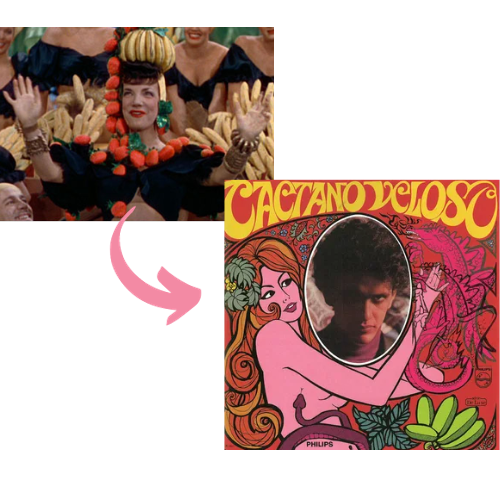
“País Tropical”
Written by Jorge Ben, Performed by Gal Costa, Caetano Veloso, and Gilberto Gil
First appeared on the album Jorge Ben (Philips, 1969) and Covered here on the album Gal (Philips, 1969)
Although this one was originally written by Jorge Ben who we are not officially counting as a founding member of the Tropicália movement (but with only one degree of separation), the song was promptly covered by Veloso, Costa and Gil because of the relevance of the message. The song (translated as “Tropical Country”) repeats:
Moro
(I live)
Num país tropical
(In a tropical country)
Abençoado por Deus
(Blessed by God)
E bonito por natureza
(And beatiful for its nature)
Em fevereiro, em Fevereiro
(In February, In February)
Tem carnaval
(There’s Carnaval)
Eu tenho um fusca e um violão
(I have a [Volkswagon] Beetle and a guitar)
Sou Flamengo
(I’m Flamengo [he’s a fan of the Soccer Club of Rio de Janeiro])
e tenho uma nega chamada Tereza
(and I have a girlfriend named Tereza)
“País Tropical” refrain by Jorge Ben
In contrast to “Tropicália” where Veloso calls attention to the ugly hypocrisies associated with the natural beauty of Brazil, “País Tropical” is an unironic homage to the beauty of Brazil while also (tongue in cheek) listing the mundane concerns of an average middle-class Brazilian: Carnaval in February (the biggest party of the year for most Brazilians), his religion, his mode of transport, his soccer club, his girlfriend, etc.
It’s interesting that in this recording, Gal Costa alone sings the line about Brazil being blessed by God each time it comes up. As you’ll read further in her song “Meu Nome é Gal” (My Name is Gal), she makes a point to go out of her way and clarify an important point: she believes in God. We also learn more about what her idea of God is in her song “Deus é Amor” (God is Love).
For this reason I personally feel a slight tension in the song between Veloso/Gil (friends since college who sing together on this track) and Gal Costa (who takes over most of the song on her own). Veloso and Gil represent the avante-garde perspective (with roots in communist atheism) of the Tropicália movement while Gal Costa represents the centrist attitude of God and Country. The coexistence of these perspectives in this recording are especially poignant to the message of Tropicália: a message of radical inclusion that creates something new and unique. Whether in the category of art, culture or politics, it’s a formula in which the founders of the movement believed strongly.
Furthermore, the mundane middle-class concerns listed in this song probably sounded bourgeois to the leftists of the time, but Jorge Ben was doing something a lot more radical than it may appear. As we discussed in a section of the intro, Tropicália was largely about changing the conversation from the “Right Wing Military Dictatorship vs The Communists” framing that seemed to dominate all political thinking in the mid-20th century to a different conversation that was more about people and the complexities of life. Antonio Candido called this ‘the Radicalism of the Middle-Class’ in his analysis of the Veloso song “Baby”.
Also see Jorge Ben’s recording of “País Tropical”:
“Não Identificado”
Written by Caetano Veloso
First appeared on the album Gal Costa (Philips) in March of 1969 with Veloso on background vocals and shortly thereafter on Veloso’s own LP release in August that same year called: Caetano Veloso (Philips)
Although “Não Identificado” was written by Caetano Veloso, it first appeared in Gal Costa’s self-titled album, revealing a close working relationship. It’s unclear whether the order of release was planned this way or if it had to do with Caetano Veloso’s sudden arrest, imprisonment under vague charges, and eventual exile. The 1969 album released by Philips was recorded while Veloso was being held by authorities, and he was held together with Gilberto Gil. During that time they recorded some basic tracks in a very basic studio with just guitar and voices, those tapes were later sent to Sao Paulo where arranger and conductor Rogerio Duprat created polished backing tracks to turn those recordings into a professional sounding album.
It’s clear therefore that “Não Identificado” was written long before Veloso’s exile since we hear in the (critically acclaimed) recording both Gal Costa and Veloso singing the song together (recorded the previous year in October). We will be looking at Costa’s recording of the song in another Tropicália feature.
The thing that makes this song significant to the Tropicália movement is it’s vagueness. The title, translated to English as “Unidentified Object” is in reference (at least partially) to the vogue pop-culture reference of unidentified flying objects of the 1960s. Of course by the time Veloso wrote this song, that fad had already lived through its glossy peak and Veloso uses the reference somewhat ironically.
Eu vou fazer uma canção pra ela
(I’ll make her a song)
Uma canção singela, brasileira
(A simple, Brazilian song)
Para lançar depois do carnaval
(To launch after Carnaval)
Eu vou fazer um iê-iê-iê romântico
(I’m going to do a romantic “Yeah-Yeah-Yeah”)
Um anti-computador sentimental
(A sentimental anti-computer (song))
Eu vou fazer uma canção de amor
(I’ll make a love song)
Para gravar num disco voador
(To record on a flying disc (understood to Brazilians as “flying saucer”))
One interesting thing that might be too subtle a subtext to consciously notice: he is speaking from the perspective of a successful singer/songwriter which is odd for this time. He’s being a bit meta — singing a song about writing a song. This is commonplace today in pop culture, but I don’t ever encounter this perspective in Bossa Nova, Samba or any other pre-existing Brazilian form, and it doesn’t seem to even come up in 1960s psychedelic music from the US and UK. This clearly marks a departure from the mid-century modern songs from pretty much anywhere in the world.
It’s not just autobiographical, because he’s talking about recording this song on a flying saucer. There’s a bit of word play here that I may be detecting (I’m just an American that’s lived in Brazil a few years so correct me if I’m wrong) where he says he’ll ‘gravar num disco voador’ because without the word ‘voador’ (meaning ‘flying), the sentence makes perfect sense — recording a song on a disc (an LP). This shows the flare Veloso had for almost a Shakespearean level of clever writing.
What should we make of this song? For me, there are two main themes functioning here:
- The overall theme of vagueness — the genre, style, subject matter of this ‘song’, and a whole lot more about this song is unidentified.
- Brazilian Futurism (Connected closely to Afro-Futurism)

